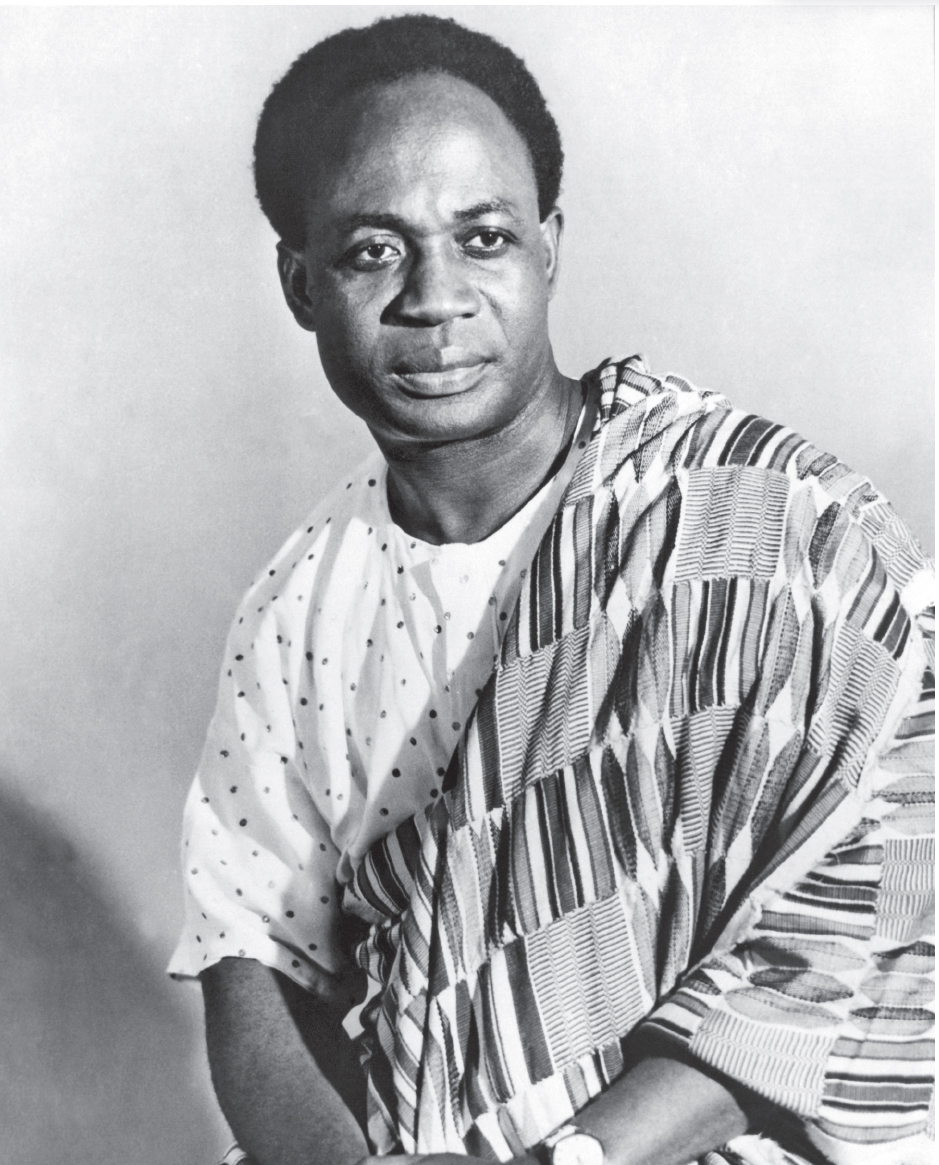A History of World Societies:
Printed Page 955
A History of World Societies Value
Edition: Printed Page 966
Introduction for Chapter 31
31
Decolonization, Revolution, and the Cold War
1945–1968

The triumphant victory of the Allies in 1945 soon revealed a startling reality: war-
As people in Asia and Africa pushed back against centuries of Western expansion and demanded national self-
Amid the growing tensions of the global Cold War, remarkable growth and economic prosperity occurred in the postwar era. Europe once again dug itself out from under the rubble of war and, with U.S. aid, experienced an amazing recovery. The United States converted its wartime economy to peacetime production. The Soviet Union sought to protect itself from future attacks from the west by occupying eastern Europe and establishing Communist dictatorships there. In eastern European countries forced to ally with and follow the Soviet political and economic model, citizens who rose up to demand reforms faced repeated repression by Soviet forces.